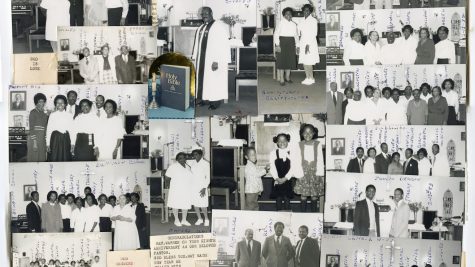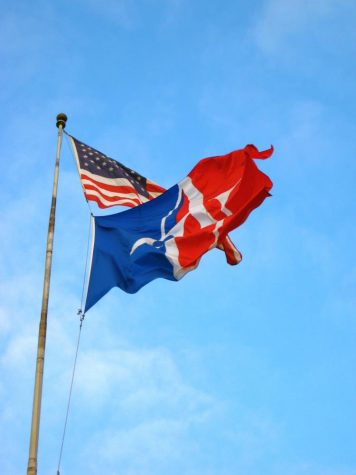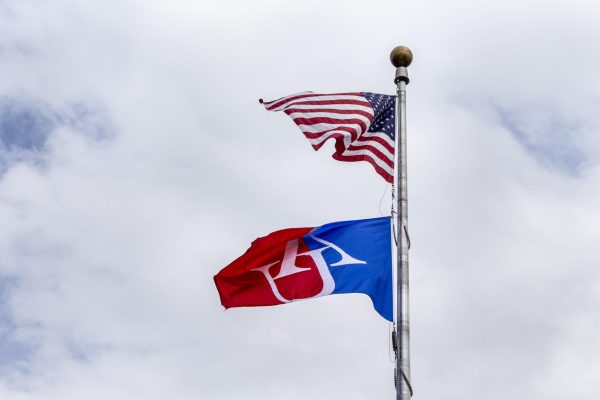Not Just for FDR Any More: Welcome to Modern Radio
Commonplace Books is one of several creative communities that rely on the Internet. Rather than depending on corporate sponsors, Commonplace Books is funded through listener donations and recently, through merchandise sales. The founders, Joseph Fink and Jeffrey Cranor, co-write the bi-monthly podcast “Welcome to Night Vale,” a series of community radio broadcasts from the fictional desert town of Night Vale. Night Vale, as character Carlos describes, is “the most scientifically interesting town in America.” Cecil Baldwin, the radio host, is the voice of Night Vale, and Carlos’ boyfriend. The world of Night Vale as Cecil reports to us, the listeners, sounds like an entertaining mix between Parks and Recreation and the writings of H.P. Lovecraft. Night Vale is a town where anything can, and often does happen, much to the chagrin of commuters.
Despite that you can’t see any of the characters, “Welcome to Night Vale” manages to represent a more diverse population than most mainstream productions. As bizarre as Night Vale seems to listeners, it acts as a medium for its creators to comment on real-life issues while relating otherwise absurd situations. In one of the early episodes in the series, the Night Vale post office explodes. A Slavic-looking self-described “Apache Tracker” decides to investigate using “so-called Indian Magics.” Cecil’s first comment in the report of the post office incident is not alarm that the explosives were planted by possible Satanists—or worse, citizens from the neighboring town of Desert Bluffs—but disgust at the clearly non-Native American “Apache Tracker’s” cultural appropriation. Other episodes feature recurring characters such as Nazr al-Mujaheed, the head coach of the football team; Tamika Flynn, thirteen year old vigilante leader; and “Intern Dana,” the longest surviving intern of Night Vale Community Radio.
Even though Cecil is the lead character, we are given no descriptions of his appearance other than that he wears “his best poncho” and fur pants to his first date with his dark-haired, dark-skinned scientist boyfriend. There is also ethnic variation in the town’s clandestine angel population, though none of those characters are named.
Night Vale offers a refreshing perspective on community and international issues by reminding us that sexual orientation and ethnic identities are not problems and should be respected. In no episode is Cecil’s relationship with a man considered a problem or even negatively commented on. In a town facing the imminent destruction at the hands of the citizens of the buried city underneath the bowling alley or the terrifying re-instatement of the high-casualty summer reading program, its citizens have larger concerns. The only character derided for a quality beyond his control is mayoral candidate Hiram McDaniels, “literally a five-headed dragon.” Cecil immediately calls out antagonists on their dragon bashing, questioning “Who cares?” and leading discussion back toward his mayoral platform.
“Welcome to Night Vale” asks listeners to immerse themselves in a community where anything is possible. Phenomena such as the Glow Cloud hovering over the town are accepted into the PTA and both literacy and vigilantism are encouraged in the juvenile population. However, injustices such as racism, homophobia and cultural appropriation are not tolerated. While it is hard to say whether Night Vale is a utopia or a dystopia, the show forces listeners to examine problems in society and to reflect on their own perspectives. It’s also just plain fun.











